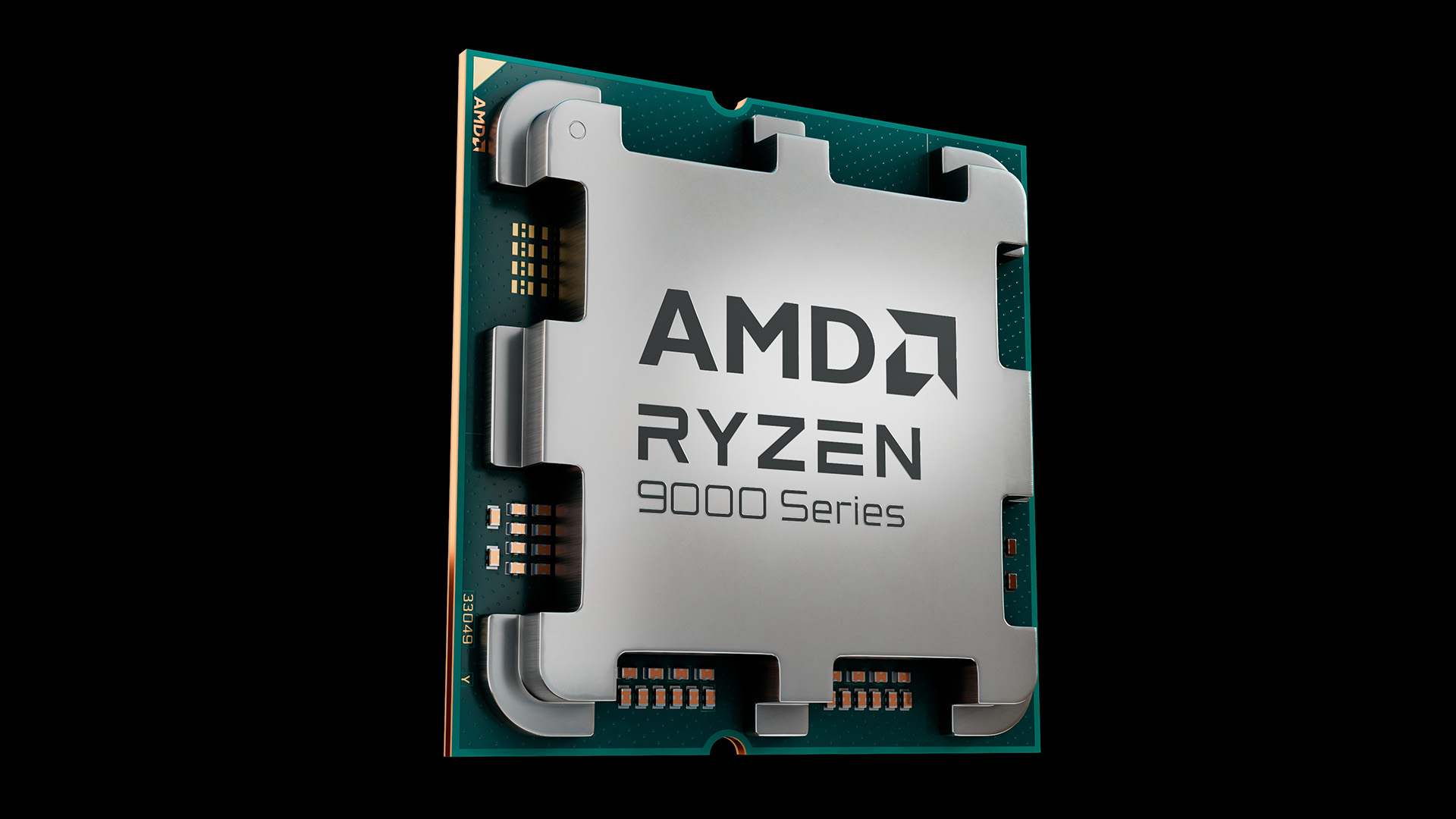AMD and Intel's unlikely chipmaking partnership isn't without its benefits — how AMD could divest reliance on TSMC
The deal isn’t done, but it could be beneficial for both Intel and AMD

Intel and AMD have mostly been rivals for decades, but for the first time in years, they may soon share a wafer. According to a new report, AMD is in early discussions with Intel to build some of its chips at Intel Foundry. No agreement has been signed, and both companies are still weighing technical feasibility. But even preliminary talks mark a notable shift in direction.
AMD has spent the last decade as one of TSMC’s most consistent anchor customers. The fact that it's now considering Intel as a second source shows how the semiconductor ecosystem has changed, and how much pressure is building on AMD to diversify.
For Intel, along with the recent Nvidia partnership announcement, this is the most promising sign yet that its foundry business is being taken seriously. Intel Foundry Services (IFS) has been in a holding pattern since launch, having not signed a tier-one customer at a meaningful scale and experienced serious troubles in bringing its 18A and 14A nodes to volume. IFS is burning billions in operating losses each quarter, so something needs to give soon.
AMD needs options
The appeal for AMD is fairly straightforward. TSMC is still the most advanced foundry in the world, and AMD is closely aligned with its roadmap. But supply constraints and geopolitical risk have become harder to ignore. The U.S. government has said it wants at least half of all chips bound for American markets to be manufactured domestically. Most of AMD’s volume is still built in Taiwan, and TSMC’s Arizona fabs — assuming they stay on schedule — will not be able to support AMD’s high-end products until 2027 at the earliest.
TSMC’s N3 production remains oversubscribed, and the company’s US-based capacity is still limited to mature or partially customized nodes. If AMD wants to start shifting even a small share of its production to U.S. soil, it needs alternatives. Samsung is an option, but volume yields on Samsung’s most advanced nodes have trailed behind TSMC. Intel is the only other player in the market building advanced-node fabs on U.S. soil at scale.
None of this means AMD is about to put Zen 5 or RDNA 4 on an Intel process. Intel’s current nodes are not competitive with TSMC N4P or N3 in terms of density or performance per watt. But AMD’s chiplet strategy gives it flexibility. Supporting dies, like I/O chiplets and certain accelerators, do not require the most advanced nodes. These are already produced on older processes, and some are built on U.S. soil via subcontractors. Intel’s 20A or even a mature 7nm-class node could be viable for these parts if the yield and packaging stack are competitive.

Intel needs validation
Internally, Intel has said that if its upcoming 18A and 14A nodes do not attract enough external interest, it may abandon them entirely. Getting AMD on board, even in a limited fashion, would help de-risk that roadmap. So far, IFS has largely served Intel itself. Even in its own disclosures, Intel has admitted that most IFS revenue to date has come from internal programs and legacy nodes. Intel's current foundry strategy heavily depends on signing customers that can commit meaningful volume on future nodes. This includes Nvidia, which announced a major partnership last month, and now potentially AMD.
What Intel needs more than anything is external validation. If AMD moves even a portion of its portfolio to Intel Foundry, it sends a signal to the rest of the industry that Intel’s nodes can be trusted. That is especially true in this case, where the two companies are direct competitors. If AMD is willing to let Intel manufacture parts of its supply chain, it lowers the reputational barrier for every other foundry customer.
That validation could also keep Intel in the running for U.S. government contracts and longer-term subsidy programs. The Department of Commerce has already announced up to $7.9 billion in support for Intel’s Arizona and Ohio fabs. If Intel fails to attract the necessary demand for those facilities, it will become increasingly difficult to justify additional investment. AMD’s participation would help bolster the case that Intel’s foundry business is viable, especially if it begins shipping chips before TSMC’s U.S. fabs reach volume.
A deal is possible, but not certain
Nothing is set in stone yet. Right now, AMD and Intel’s conversations are exploratory, and executives on both sides will naturally be wary of overcommitting. AMD has every incentive to posture toward diversification without giving up leverage over TSMC. Intel has every reason to court AMD publicly, even if no significant wafer volume materializes. There is also the risk of overreach. If Intel books too much external demand before it has a node that can deliver competitive yields, it could repeat the very mistakes that led to its foundry struggles in the first place.
Still, the fact that Intel is even being considered suggests that its turnaround may be gaining traction. CEO Lip-Bu Tan has already started to narrow the focus of IFS. Recent comments suggest the company is deprioritizing speculative startups in favor of a few large, strategic customers. That makes AMD a prime target. It is a known quantity, its roadmap is transparent, and its volumes are predictable.
Follow Tom's Hardware on Google News, or add us as a preferred source, to get our up-to-date news, analysis, and reviews in your feeds. Make sure to click the Follow button!

Luke James is a freelance writer and journalist. Although his background is in legal, he has a personal interest in all things tech, especially hardware and microelectronics, and anything regulatory.
